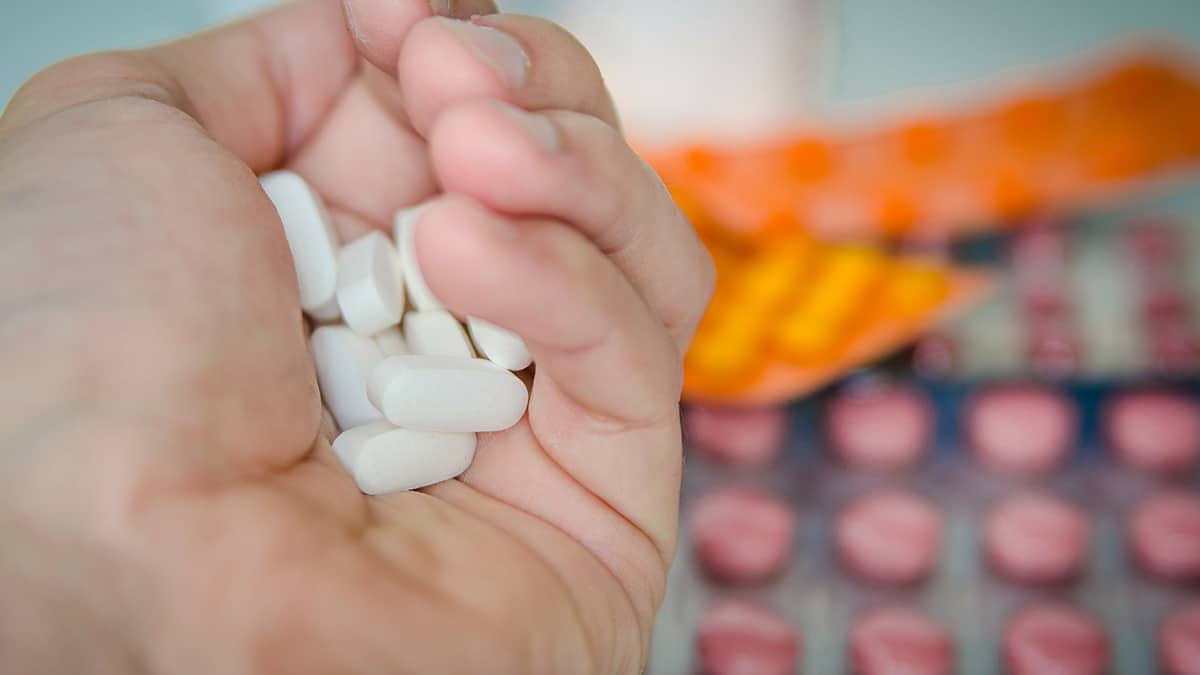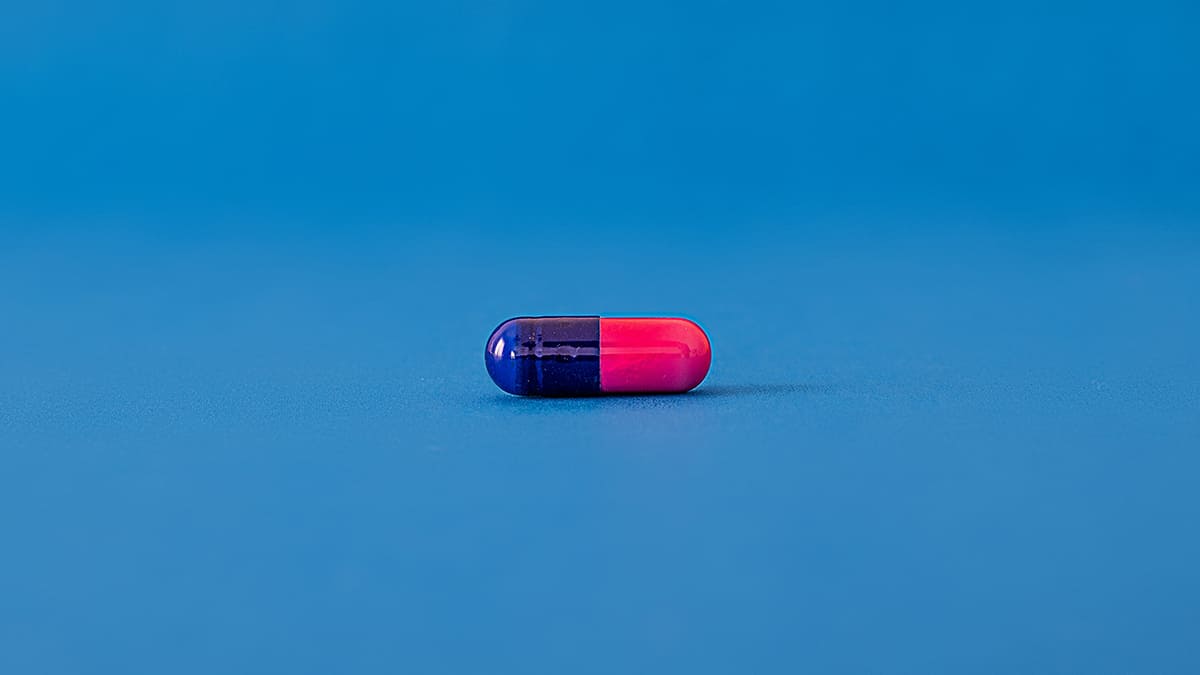Why are Pentasa and Asacol So Expensive?
high drug prices

At this point in America, every class of medication is subject to price over inflation on the part of pharmaceutical giants. Whether it's antithrombotics, oral contraceptives, asthma inhalers, or anti-inflammatories, many people in the United States are struggling to pay for their medications.
Two drugs that we field frequent questions about are Pentasa and Asacol, which are both used to treat inflammatory bowel disease (IBD) such as Crohn's Disease and colitis. Given that over one million Americans are living with IBD, it's safe to say that a good number of them are feeling the financial strain of their prescriptions.
The Impact of Expensive IBD Medication on Americans
According to the Crohn's & Colitis Foundation of America (CCFA), approximately 1.6 million Americans have inflammatory bowel disease — a figure that has grown by 200,000 since 2011, which was the last time the CCFA released such data. Based on recent reports, they estimate that as many as 70,000 new cases of IBD are diagnosed each year. Furthermore, about 80,000 children in the U.S. are affected by IBD.
Both Crohn's Disease and colitis are complex diseases and can be extremely frustrating for those living with them. Fortunately, a significant amount of research has been done to learn more about IBD over the past decade. Through this body of work, 160 genes have been identified as being associated with IBD, but at this time, no cure has been identified.
In the meantime, medications have been identified that are helpful to varying degrees at managing symptoms of IBD with the hope of decreasing the possibility of lasting effects of the inflammation. Of those drugs, Pentasa and Asacol are commonly prescribed and frequently used as first-line drugs.
Pentasa and Asacol share the same active ingredient, which is mesalamine and is in a drug class called aminosalicylates. Aminosalicylates inhibit the production of substances that are typically created at the site of injury or inflammation, including hormones called prostaglandins. By reducing the amount of these substances, tissue can be given time to heal, and pain can be relieved. Therefore, most aminosalicylates are used to treat complicated inflammatory diseases, including inflammatory bowel diseases, such as ulcerative colitis and Crohn's Disease, and in some cases, arthritis.
What Pentasa Costs in Canada vs. America
Pentasa is a brand name drug commonly taken in pill-form, but is also available in three non-oral forms (rectal foam, enema, or suppository). For the time being, there is no generic available, but the market will open for one in 2021.
In the United States, Pentasa costs about $150 for 30 pills, which works out to be about $5.00 per 250mg pill. Ultimately, the cost of taking this drug boils down to how many pills the patient is prescribed to take each day. Some people take as many as eight per day, in which case, a 30-day supply could be up to $1,200.
Unsurprisingly, the price in Canada is much more affordable, coming down to about $3.45 per pill. Assuming the same dosage (four pills per day), a 30-day supply would cost about $414. While that's still a significant amount of money, it's cheaper than the U.S. price, and it's very possible patients won't need that many doses.
What Asacol Costs in Canada vs. America
Asacol is the brand name of another medication that is often used to treat mild to moderate ulcerative colitis, but not necessarily Crohn's Disease. Unlike Pentasa, Asacol has a generic available, which is good news for American consumers, but it's still more affordable from international pharmacies.
In the U.S., a 30-pill supply of generic mesalamine will run about $190, which comes out to about $6.33 per 800mg pill.
NorthwestPharmacy.com sells generic mesalamine for just $56 for a 50-pill supply, or about $1.12 per 800mg pill.

Why Medications Are So Expensive in the United States
Medication in the United States is far higher than in most (if not all) other countries. People who aren't from America are often shocked by the price differential, and Americans have difficulty understanding why they've drawn the short end of the stick in this matter — particularly when they're supposed to have some of the best medical care in the world. Unfortunately, the answers that are provided to Americans are woefully insufficient and misleading, and intricately woven together.
Research and Development
One of the most common responses is research and development costs, oftentimes shortened to R&D. The cost of R&D for new drugs varies widely based on many different factors, only one of which is who you ask and what variables are included. Depending on the source, R&D can be quoted as costing anywhere from $648 million to $2.7 billion per drug.
In fact, R&D is a major reason that the patent period exists at all. The purpose is to allow the drug manufacturer enough time to recoup from their significant up-front investment. This is a concept that many Americans seem to naturally understand, or at least can more easily accept. In theory, this should allow them new funds to re-invest into R&D for new products, which should benefit them. And perhaps on the surface, there's nothing wrong with that. The issue is that this matter isn't so cut and dry.
The Intricacies of Patent Law
There are many ways in which patent law can be amended to fit various circumstances, and developments which can warrant an extension to the patent period. While some generic versions of medications are approved to move forward with development within 10 years, others take as many as 30 years before patients see any financial relief.
Despite the fact that Pentasa was first approved by the FDA in 1993 — well outside the typical 20-year patent period — a generic version is still not available. The patent is set to expire in the 10 major markets in 2021, which will allow other companies to create generic versions.
Another way patent law can help keep prices higher for longer is through extensions filed because of a new development or improvement in the drug, or in the delivery method. In terms of IBD drugs, this could mean a new suppository or foam version of a drug as opposed to a pill.
Price Restrictions Abroad
Complicating matters is a myth perpetuated by interested parties that puts the blame for higher costs on the countries that negotiate these lower prices. The implied argument is that pharmaceutical companies aren't making "enough" money in other countries to recuperate their R&D costs, which is why they charge so much more money in the United States.
It's true that many countries (including Canada) have price restrictions on how much pharmaceutical companies can charge their residents. This is to ensure that the majority of people have access to necessary — and in some cases, life-saving — medication. Therefore, what pharmaceutical companies can earn abroad is almost always going to be a smaller amount than what they earn in the United States.
However, it does not justify charging Americans double, triple, or quadruple the price they charge everyone else. Furthermore, it's patently false that pharmaceutical companies aren't turning a profit in other countries.
According to market research data, the makers of Pentasa were forecasted to bring in about $70.5 million from this drug alone between 2012 and 2022, nearly half of which (47%) is attributed to U.S. sales. The rest of the revenue comes from the other 9 major markets. For example, revenue from the European Union was forecasted to account for almost $20 million (28%).
While Pentasa isn't earning the same revenue in other markets (and surely not nearly what they'd like to bring in), the drug's maker is certainly able to earn a fair amount. Governments aren't going to restrict drug prices so much that pharmaceutical companies can't turn a profit because those companies would be disinclined to do business in that market, which could negatively affect their citizens.
When the patent for Pentasa expires in 2021, a new generic will come out before too long, and revenue from this drug is expected to drop to about $9.3 million. This is pretty typical of what happens to brand name drugs when a generic comes out, so during the patent period, manufacturers charge as much as they possibly can in order to capitalize on exclusivity — and while it's considered by some as unethical, it's perfectly legal.
The reality of this situation is that nothing is likely to change in this regard unless the U.S. government chooses to place controls on drug prices. While pharmaceutical companies are allowed to charge Americans whatever they want, they will continue to do so in order to pad their bottom line. And trust that pharmaceutical companies are making plenty of money.

Price Difference for Generic vs. Name Brand IBD Drugs
As is the case with most other drugs, generic mesalamine is cheaper than the brand name versions. While Pentasa is still only available in a brand name, a generic version may be developed as early as 2022.
Generic drugs are typically less expensive than brand name drugs, even if the amount isn't dramatic. In large part, this is due to the fact that they aren't nearly as expensive to develop — R&D isn't necessary to the same extent that it is with new drugs.
Furthermore, generic drugs become a default prescription in most pharmacies exactly because of the price, which means that marketing isn't really a factor in the overall price of the product. Insurance companies and consumers alike want to reduce costs if at all possible, which has caused pharmacies to fill generic drugs by default, even when the brand name is written on the prescription pad.
Most people don't notice a difference between their reactions from a brand name drug versus its generic form. There are certainly some exceptions, but for the most part, generic drugs provide the exact same health benefits — which is literally the point. In order for a generic to be approved for sale and distribution, it must be declared therapeutically equivalent to the brand name. This includes the amount of the active ingredient in the medication, as well as equivalent doses.
Fluctuation in Price on a Whim
Sometimes, pharmaceutical companies artificially increase the cost of a drug. Perhaps the most famous recent example is with the EpiPen auto injector, which contains a life-saving dose of epinephrine for people with severe allergies, typically to food or stinging insects. The EpiPen can stop the body from going into full-blown anaphylaxis while emergency assistance is sought by the patient or patient's family.
The EpiPen has been around for decades, and was pretty affordable until Mylan bought the auto injector mechanism in 2007. That improvement, combined with a competitor's recall allowed them to have a monopoly on the market and as a result, Mylan chose to increase the price by about 400%.
Why? Because they could.
There is nothing in place to stop pharmaceutical companies from changing their American prices whenever they want, and to whatever amount they want. That's not to say pharmaceutical companies are constantly changing their prices, but it's very clear that they do sometimes, and when they do, it affects Americans' health.
A University of Pittsburgh study of medication price fluctuations between 2005 and 2016 found that the cost of brand name oral medications increased at about 9% per year. Injectable brand name drugs increased by about 15%. Researchers noted that R&D weren't necessarily the reason for increases — pharmaceutical companies weren't releasing new drugs that would have warranted such a price hike. In fact, many existing drugs increased in price by 9 and 15%, respectively. Generic drugs were not exempt from this practice either. Researchers noted that the price of generic drugs increased by about 4% annually for oral doses, and 7% for injectables.
There's really no reason for generic drugs to increase in price unless it's being adjusted for inflation or if the ingredients suddenly become more difficult to come by — no improvements are being made, which means no additional R&D is necessary.
Looking Online for More Affordable Medication
With increasing frequency, Americans are seeking out more affordable drugs through Canadian or international pharmacies. It's a practice that has been going on for quite some time, but according to the CBC, Canadian pharmacists have reported a larger number than usual as of recently.
If you're looking for cheaper IBD medications (or any other non-controlled class of drug), you are not alone. NorthWestPharmacy.com is a safe, professionally certified place to alleviate some of your financial burden. We can mail your medication directly to your house.
Navigating prescription drug costs is almost always stressful and overwhelming, which is why our customer service representatives are available to answer your questions, and even walk you through the process. At NorthWestPharmacy.com, our goal is to help you save money on your prescription medications. For more information, you can call us toll free at 1-866-539-5330 or contact us online.